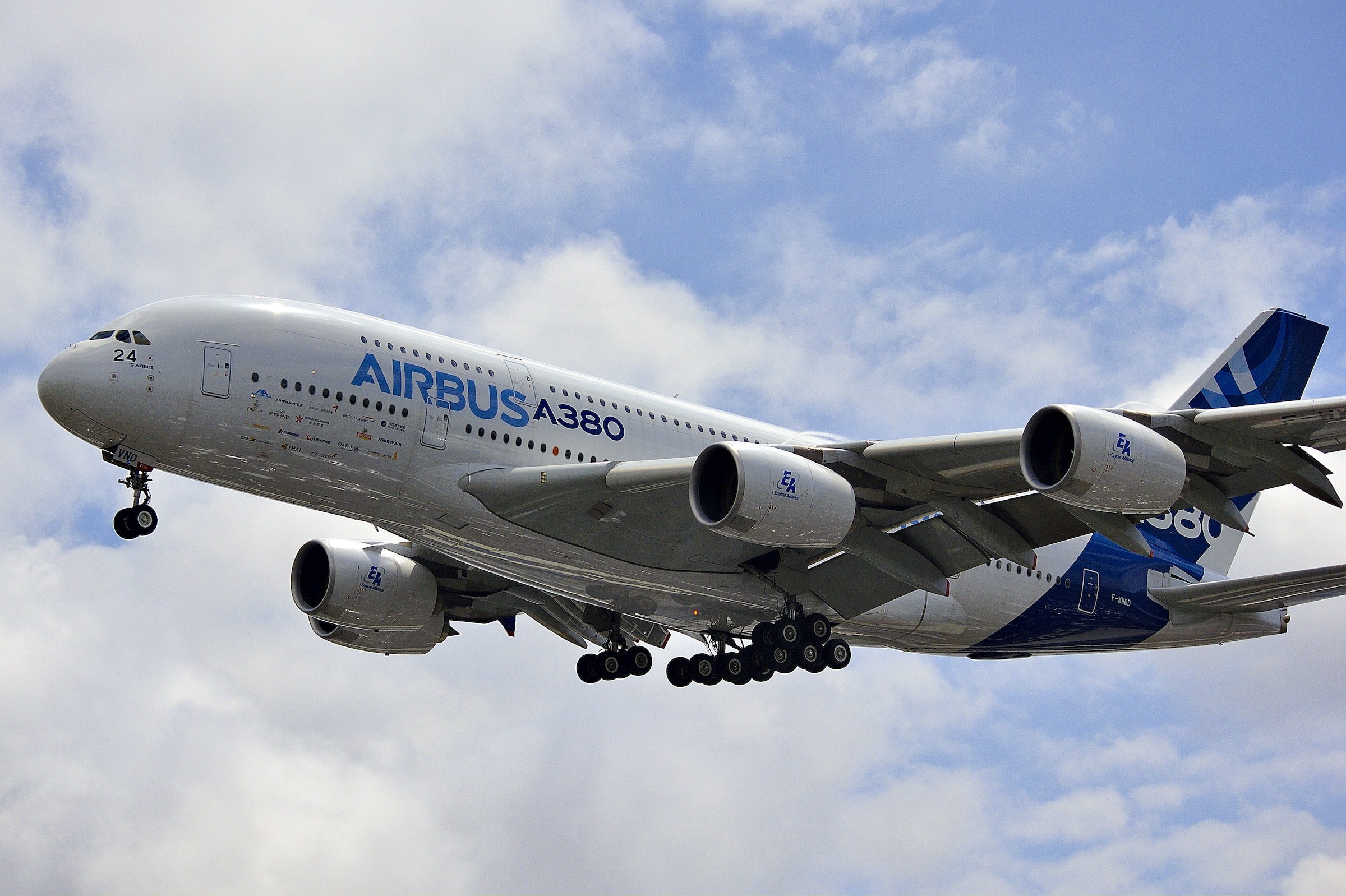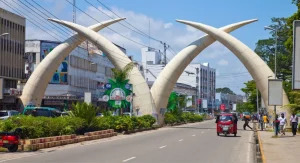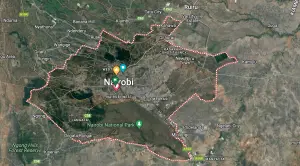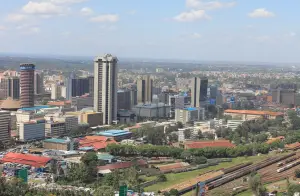While some of the airlines that fly to NBO have A380s in their fleet; Qatar, Emirates, British Airways, Air France, and Lufthansa none of them fly their big birds here. In this post, we will examine the logic behind that
Let’s get one thing out of the way, JKIA is very much capable of handling A380s. Over 140 airports in the world can, and over 400 can allow for occasional landing. In fact other African airports land A380s some even less equipped than JKIA. For instance, Emirates A380s land in Port Louis Mauritius which is far a smaller Airport than JKIA.
Dar es Salaam Airport once landed an A380 that was bound for Mauritius but was rerouted due to bad weather. And it is a far smaller and less equipped airport than (JKIA) NBO. The A380 made a grand entrance into Accra, as part of celebrating the launch of a new airport terminal, in September 2018.
Table of Contents
Demand
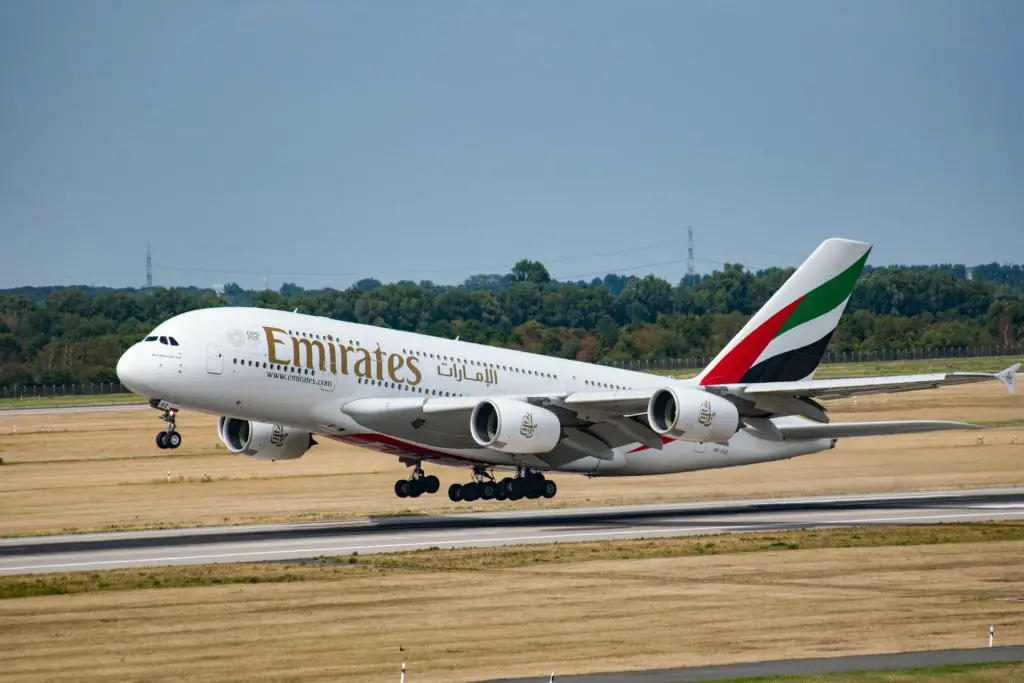
A380s are big crafts with double-deck seating arrangements and typically fly over 500 passengers almost twice the capacity of normal-sized crafts. This means it will only make sense to fly to destinations with high demand so that the plane can be fully booked in no time.
Looking at the annual passenger numbers through airports that land A380s in Africa we have
- Cairo International Airport (CAI): 20 Million
- OR Tambo: 14.7 Million
- Port Louis, Mauritius
- Algers, Algeria
- Abidjan, Cote d’Ivoire
- Casablanca, Morocco
JKIA is at 10 Million annual passengers. While this traffic is relatively big and growing, it needs to be concentrated from a certain airport to justify a big craft.
Economy

Operating the A380 is more expensive due to its size and passenger capacity. Airlines make decisions about their aircraft based on the economics of specific routes. Only a limited number of global airlines, fewer than 20, have operated the A380.
The A380 costs approximately $25,000 per hour to operate and can carry 500-525 passengers. This level of cost and passenger capacity is only affordable for major global airlines. To put it in perspective, the popular Boeing 737-800 costs around $2,500 per hour to operate and carries about 170 passengers.
If the demand and revenue potential for a route doesn’t justify using the A380, airlines prefer smaller, more cost-effective planes. The A380 is considered a high-risk aircraft to operate due to its costs, especially for African airlines that are not as large and cannot justify owning one.
Ethiopian Airlines, which has the largest aircraft fleet in Africa and is one of the most successful full-service carriers on the continent, also found the A380 to be economically unviable. Plus majority of their fleet are Boeings so servicing and maintaining would be more difficult.
The high cost and risk associated with the A380 make it challenging for any African region, including Ethiopian, to support such a high-capacity aircraft.
While British Airways, Air France, Lufthansa, and Emirates frequently use A380 jets, they mainly operate them to OR Tambo International Airport in South Africa, which is the busiest airport in Africa. At Nairobi’s Jomo Kenyatta International Airport (JKIA), the major carriers are Ethiopian and Kenya Airways, both of which do not own A380s for economic reasons.
Other airlines that do operate A380s, like British Airways, Emirates, and Lufthansa, do not have sufficient concentrated traffic to and from NBO to justify using these large aircraft; therefore, they typically fly them to OR Tambo.
Infrastructure

The Airbus A380 is an enormous plane, with an 80-meter wingspan and a 73-meter length. This means that airports need to have advanced infrastructure, including longer and wider runways for it to take off and land.
Airports with a special code (Aerodrome Reference Code F) can handle scheduled flights for the A380. These airports have runways that can accommodate big planes like the A380, and Boeing 747s
The A380 can fly regularly from 140 airports worldwide. The manufacturer also says that airlines can use the A380 at Code E airports with only minor changes to the infrastructure.
However, even if an airport has a long runway, it might not have everything needed for A380 operations. For example, LHR invested £450 million on A380-related upgrades.
To run A380 flights smoothly, airports must have the right infrastructure, including taxiways, gates, and ground equipment. Jomo Kenyatta International Airport (JKIA) might not have all the necessary resources for smooth A380 operations and investing is required.
So, many airports worldwide are not ready to handle such a big aircraft. Only a few African airports, like those in South Africa, Egypt, or Mauritius, have the infrastructure
Additionally, using the A380 requires specialized ground handling equipment, like boarding bridges and tow trucks. Making sure these facilities and services are available at JKIA can be a financial challenge.
Related Links
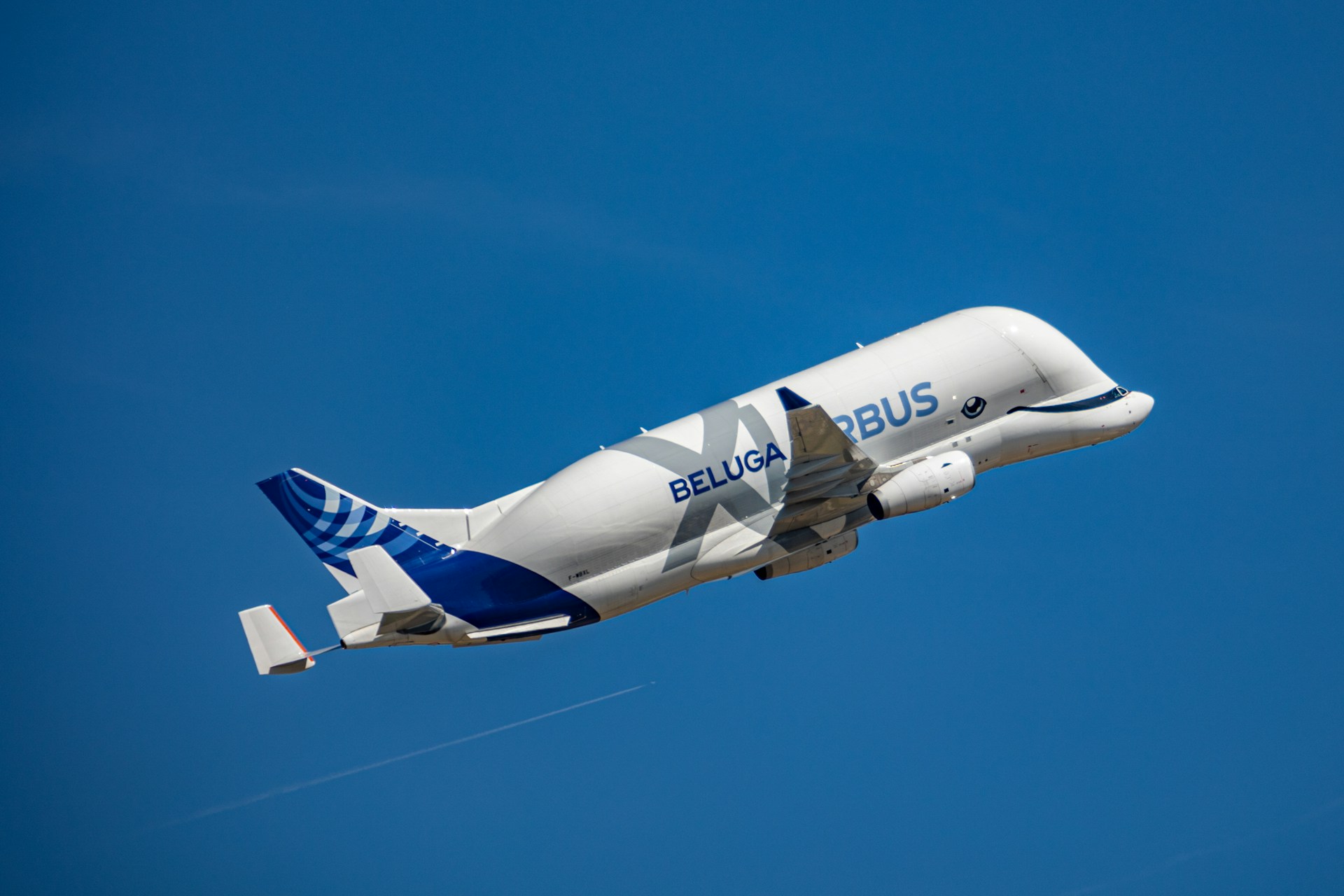
What is so Special about Airbus BELUGA?
The Ultimate Guide to Turkish Airlines Lounge in JKIA Nairobi
Navigating Nairobi: Exploring Transportation Options

